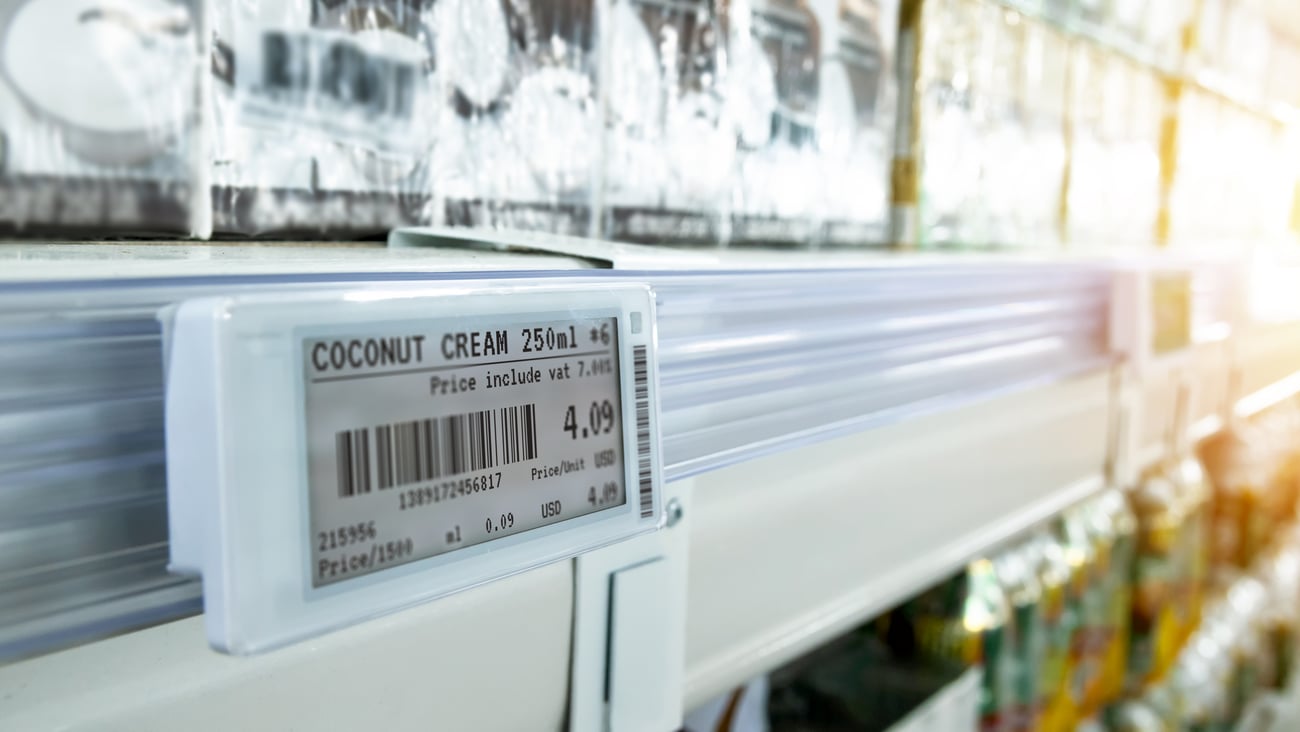Canada’s food inflation is finally easing—but not because of government genius
For the first time in 2025, food inflation in Canada has shown meaningful signs of easing. According to the latest Consumer Price Index (CPI) data released by Statistics Canada, the year-over-year food inflation rate dropped from 3.8% in April to 3.4% in May. That shift may seem modest, but in the high-stakes world of food affordability, it’s a significant directional change—and long overdue.
Just weeks ago, Canada had the second-highest food inflation rate among G7 nations. Now we’ve moved down to fourth place. It’s a welcome reprieve for Canadian consumers heading into the costly summer months, when fresh food demand typically peaks.
Regional divergences: a country divided by grocery bills
Food inflation is not uniform across the country. New Brunswick currently leads the pack with the highest food inflation rate at 3.7%, while Manitoba boasts the lowest at 3.0%. Quebec sits at 3.1%, and Ontario at 3.6%. These regional differences reflect varying transportation costs, supply chain efficiencies, and even policy priorities.
At the category level, meat products and fruit continue to drive inflation higher. In the case of fruit, it’s largely a byproduct of ongoing substitution behaviours triggered by the informal boycott of American goods—a consumer protest that remains visible, though its intensity has waned compared to earlier in the year.
A growing gap between food prices and everything else
The real challenge, however, is not just the absolute level of food inflation—it's the divergence from general inflation. Across the G7, food inflation is still outpacing overall inflation rates. Here's the current gap between food inflation and general CPI for each country:
- Japan: +2.8%
- Italy: +2.0%
- Canada: +1.7%
- Germany: +1.2%
- United Kingdom: +1.0%
- France: +0.6%
- United States: +0.5%
In Canada, this persistent gap means that even as overall inflation cools, Canadians are still feeling the pinch at the grocery store. It’s why food inflation hits differently—and politically—than other economic indicators.
Silent shift: the quiet pause on counter-tariffs
One notable policy action may be contributing to the recent softening of food prices: the federal government’s quiet decision to pause many counter-tariffs on American imports, announced discreetly on May 7 during the peak of the so-called “Elbows Up” election campaign.
Prime Minister Carney has not publicly acknowledged the move, but make no mistake—this decision is having real economic impact. The pause affects products such as citrus fruits, coffee, tea, and alcohol—items disproportionately affected by the previous retaliatory tariff regime. These tariffs had distorted import flows, raised input costs for Canadian businesses, and, ultimately, inflated prices for consumers.
The fact that this pause has gone unmentioned by federal leadership raises questions about transparency. And while this is only a suspension—not a permanent repeal—the effect on pricing has been relatively quick. Both industry players and consumers will be hoping the pause becomes permanent.
GST holiday: a painful and misguided policy
While the counter-tariff pause has been helpful, other federal interventions have done more harm than good. Chief among them is the so-called "GST holiday," a policy that exempted groceries from the federal sales tax. Though designed to reduce consumer costs, it triggered logistical chaos, compliance headaches, and price distortions.
READ: GST holiday ‘a flop’ with few small retailers reporting higher sales, CFIB says
Since January, Canada’s overall food inflation surged from -0.6% to 3.8%. While inflation was bound to rise regardless, the GST holiday inadvertently contributed to pricing volatility across food categories. It was a costly lesson in how well-meaning policies can backfire in the real world of supply chains and consumer behaviour.
Lessons learned: government’s role in keeping food prices stable
The lesson from the past year is clear: when it comes to food inflation, government intervention should be focused, measured, and limited. Supporting low-income households is one thing. Interfering with pricing mechanisms and trade flows is quite another.
However, that doesn’t mean government has no role to play. Creating the right conditions for market fairness and competition is essential—and that’s where the much-discussed Grocery Code of Conduct comes in.
Slated to be fully implemented by January 1, the code is designed to rein in supply chain bullying by dominant grocers. Listing fees, marketing levies, and chargebacks have long been used to squeeze suppliers, particularly small businesses. These costs inevitably make their way onto consumers’ receipts.
READ: Canada’s new grocery code adjudicator lays out timeline for implementation
In theory, the Code will bring more discipline and transparency to these practices, leveling the playing field and increasing competition. That should—eventually—translate into fairer prices at the grocery store. But theory and practice don’t always align. Whether the code will have teeth remains to be seen.
A new phase of food policy?
We are, perhaps, entering a new phase in food policy discourse—one in which the emphasis is less on micromanaging prices and more on enabling resilience, competitiveness, and fairness across the supply chain. That means letting markets work, while keeping a close eye on structural distortions like tariffs, regulatory overreach, and concentration of power among a few dominant retailers.
The good news is that food inflation is cooling. But it’s not happening because government mastered the problem—it’s because, in some cases, it finally stepped aside.






